By Robert F. Dorr
Whirlybird and eggbeater were everyday lingo in 1943 when a few young men went to the Sikorsky factory in Stratford, Conn., to learn to maintain and fly the U.S. Army’s first helicopter.
The YR-4B looked like a canvas covered box with rotors. In 1944, those young men loaded it aboard a C-46 Commando transport aircraft and hauled it halfway around the world—to Burma. There, in April 1944, 2nd Lt. Carter Harman flew history’s first helicopter combat mission.
Harman was an unremarkable man with just a little culture who was thrown in abruptly among roughnecks. “I grew up in New Jersey,” Harman said during interviews in 2002 and 2003. “When the war started, a lot of us were thinking, ‘Hey, maybe I don’t want to be drafted because I’ll be in the infantry without rank.’ I was a journalist, reporting on music for the New York Times. More importantly, I had done some flying, in a Piper Cub and a Waco biplane.”
Instead of waiting to be drafted, Harman signed up for the Army Air Corps and went to Texas. He was in flying class 43-C. After earning his pilot’s wings, he became an instructor in biplane trainers. When he was asked to volunteer as one of the first line pilots to be trained in helicopter flying, Harman seized a chance to get closer to home.
“Our group consisted of five pilots and half a dozen others, including my crew chief Jim Phelan,” said Harman. “Sikorsky acted as a training school and graduated the first class of Army helicopter pilots in October or November 1943.” The pilots were Harman, 1st Lt. John Beeson, 1st Lt. Burt C. Powell, 1st Lt. Frank M. Turney, and Captain Jack Beighle.
They were the first Army line helicopter pilots, preceded only by a handful of military and civilian test pilots. Sikorsky’s great test pilot Jimmy Viner was their mentor. In October 1943, instructed by Viner, Harman became the seventh Army pilot ever to solo a helicopter.
Beighle later assisted Viner with the first helicopter hoist rescue on November 29, 1945, when they pulled survivors from a grounded oil barge in Long Island Sound. That rescue, often called a “first,” happened 17 months after Harman flew the first helicopter combat rescue mission, and after the war. While rotary wing aviation was being introduced in Connecticut, the 1st Air Commando Group was running the air war in Burma.
Author Michael Haas wrote in Apollo’s Warriors, a history of special operations, that the arrival of the 1st Air Commando Group in Burma had the impact of “a brick thrown through a stain-glass window. They were a maverick band of independent thinkers who weren’t much for military discipline.” The Air Commandos answered to nobody but their boss, Lt. Col. Philip “Flip” Cochran, the real-life model for the cartoon strip Terry and the Pirates. Cochran, in turn, operated on personal orders from President Franklin D. Roosevelt.
Independent, unruly, and at times arrogant, the Air Commandos became the personal air force of Brigadier Orde C. Wingate, the unorthodox British commander in the China-Burma-India theater (CBI). They flew a mixed arsenal of warplanes—the P-51A Mustang fighter, B-25 Mitchell bombers packing a 75mm cannon in the nose, the L-5 Sentinel liaison aircraft, the Waco CG-4A glider, and the trusty C-47 Skytrain. In February 1944, they sent out a request for helicopters. A high-level decision was made to send three YR-4Bs from the Sikorsky factory.
Crew chief Jim Phelan remembered the long journey from Connecticut to commando country. “On February 4, 1944, we departed the Sikorsky plant at Bridgeport-Stratford, Conn., with the first YR-4B dismantled and packed aboard a C-46,” said Phelan. “We got as far as Baltimore and cracked up.”
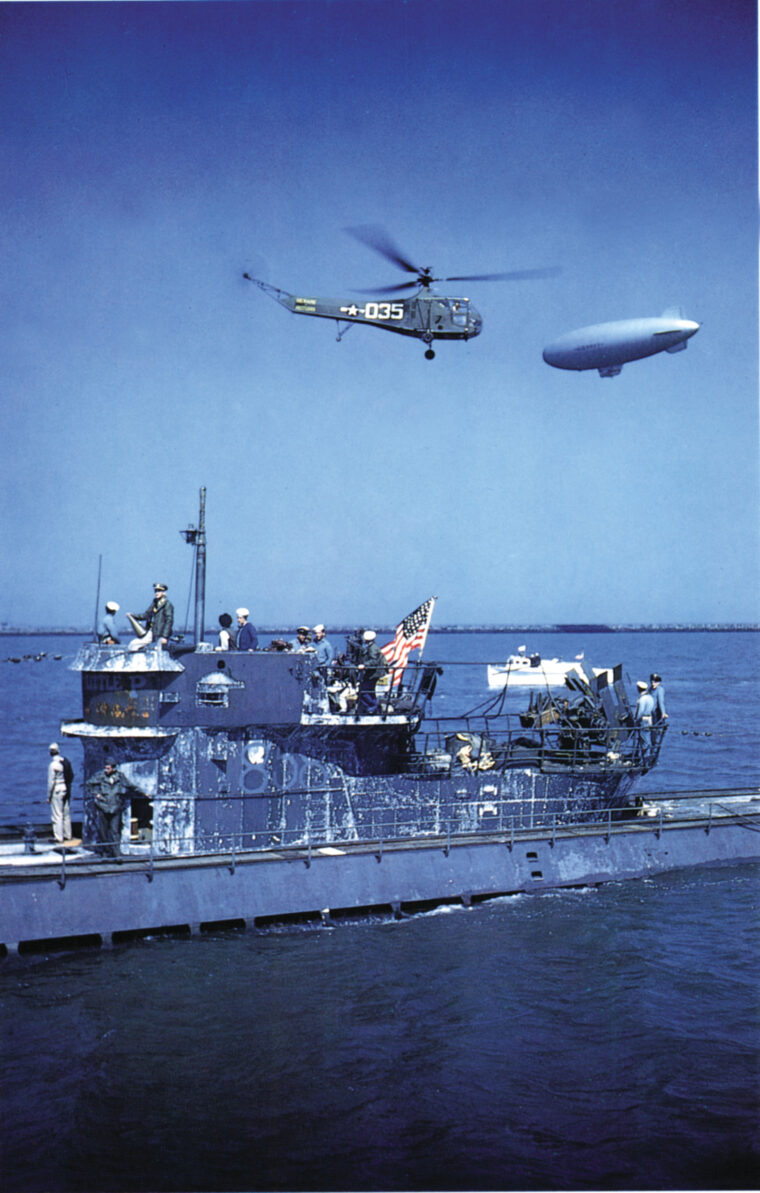
At Friendship Airport, the site of present-day Baltimore-Washington International Airport, the C-46 went off the runway, through a field, and into a ditch. Phelan and his buddies repaired the helicopter and then repaired the C-46. The C-46 was taken to another airfield for a test hop, and the helicopter was loaded on board once again.
“We had a couple more emergency stops, one in Charlotte, N. C., and one someplace else,” said Phelan. “We paused at Homestead, Fla. and then flew on to South America. After that we flew from Brazil over to Ascension Island, and then over to South Africa. We went across Africa and found ourselves in Egypt, where we flew across the Suez Canal. We stopped at Karachi, India (now Pakistan), and I reached the Air Commando base at Lalaghat, India, on April 18, 1943.”
Harman, Phelan, and others who brought two more YRB-4Bs inside two more C-46s now became part of the Air Commandos, an unkempt bunch not much like the gentlemanly Harman. When a commando watched the ungainly YRB-4B being put back together at Lalaghat, it struck a chord. “We can do a lot with this,” he said to Harman.
“Our mechanics assembled the helicopter out-of-doors in the heat and grit at Lalaghat, with few tools and no equipment,” said Harman. “Tragically, on the first flight of a helicopter in India on March 21, 1944, the YR-4B crashed, killing Powell—the first man to die in a U.S. helicopter in a combat zone.”
Soon afterward, new helicopter pilot John Beeson went out to fly a conventional support mission in a C-46 transport and was wounded in the hip by ground fire. From the beginning of April 1944, Harman was the only qualified helicopter pilot in the CBI. And his helicopter was being reassembled just in time.
On April 21, 1944, an L-1 Vigilant rescue plane piloted by TSgt. Ed Hladovcak crashed behind Japanese lines while transporting three wounded British soldiers whose names no one ever wrote down.
One of many intrepid sergeant-pilots who served with the Air Commandos, Hladovcak was nicknamed Murphy (“Do you see anybody around here who knows how to pronounce Hladovcak?”). He and his trio of His Majesty’s soldiers went down 100 miles from the nearest friendly troops, in a Burmese rice paddy surrounded by clawing jungle.
Another liaison plane, an L-5 Sentinel, pinpointed Hladovcak and the others. The small, fabric-covered L-1 and L-5 liaison planes were ideal for landing in short spaces in unprepared terrain, but they could not set down in a rice paddy that was crisscrossed by ditches. As far as Hladovcak knew, they would have to walk out—or walk, at least, to a place where a plane could land, which might be tens of miles.
At the time Hladovcak went down, Harman was 500 miles away at Lalaghat admiring the reassembled YR-4B. A telex message from the Air Commando base known as Aberdeen, in Burma, ordered: “Send the eggbeater in.”
“It was a tough call,” Harman said. The YR-4B would have to carry extra gas and would be able to lift only one survivor at a time. “On April 21, 1944, Air Commando boss Cochran sent radio instructions for me to proceed with a helicopter to Taro in northern Burma. I was about to learn about the big trouble that L-1 liaison pilot ‘Murphy,’ alias Ed Hladovcak, had gotten into. But, first, I had to fill a tall order to get to my destination. Taro was 600 miles from Lalaghat, way beyond the YR-4B’s usual range of 100 miles.”
While Harman was contemplating this challenge, Murphy and the three Brits were crawling, thrashing, and climbing until they were deep inside jungle foliage about half a mile from their wrecked L-1. As April 21 wore on and the heat became insufferable, the Japanese seemed to draw closer. Their voices were audible, their uniform leggings visible through the undergrowth.
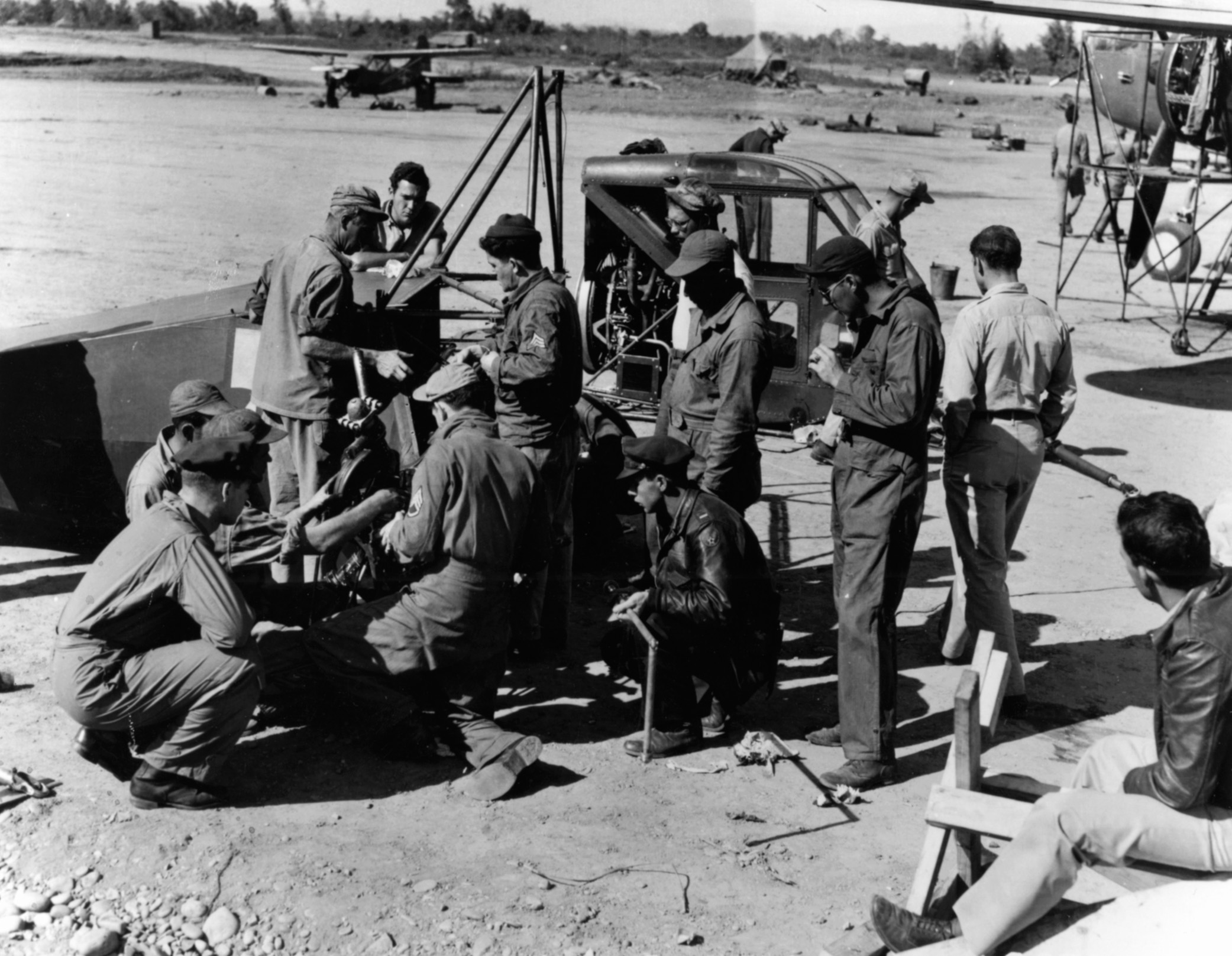
The Japanese were on one side of his position. On the other, Murphy saw an L-5 Sentinel liaison plane fly overhead and drop a note. The message referred to the sharp rise in the terrain behind the men. It read: “MOVE UP MOUNTAIN. JAPANESE NEARBY.”
Meanwhile, to prepare his helicopter for a marathon journey, Harman threw four jerry cans of extra fuel in the unused co-pilot’s seat (there was no one in India or Burma who could serve as a co-pilot). Harman positioned a litter stretcher behind the seats. “I took off to cover the first leg of the flight to Taro,” he said. “That meant climbing above mountain peaks that loomed to 5,000 feet, in theory, the ceiling of the YR-4B, and visually navigating to Dimapur. I landed safely at Dimapur and filled the gas tanks from my own jerry cans before beginning the second leg of the trip, aiming for Jorhat. That was a bomber base where our boys were flying B-24 Liberators.
“This trip was solo,” continued Harman. “I didn’t know much about the population of the region, though, except that there were plenty of Japanese troops, so I felt some apprehension about who might be shooting at whom.”
Harman stayed overnight at Jorhat and the next day flew on to Taro with a brief refueling stop at Ledo. When Harman arrived at Taro, he did not yet know why he had been summoned. Harman took a break, went for a dip in a mountain stream, and tried to wash his clothes as best he could. He was wearing the summer khakis he had brought from halfway around the world.
A radio message told Harman to continue on to Aberdeen. That took until April 25. “It was a difficult flight,” said Harman. “At Taro, mechanics installed an extra fuel tank borrowed from an L-5 inside the fuselage of my helicopter, but I still would have to set down whenever I needed to transfer fuel, so this last leg might be an overnight trek.”
While Harman was embarking on that trek, Murphy was struggling to survive. In the pre-dawn hours of April 25, a series of sounds cracked in the air. Hladovcak was sure it was gunfire. But the sounds came and went. If there were Japanese troops behind a nocturnal wall of foliage, they did not appear.
At daybreak, the three British soldiers were worse. Their wounds were becoming infected. The heat refused to subside. There were insects everywhere, especially mosquitoes, known to carry a virulent strain of malaria.
Harman landed at Aberdeen in early morning, April 25. He was told that the four downed men led by Hladovcak had not been found by Japanese troops, but it was unclear how long they could hold out. L-5 Sentinels were dropping supplies and messages to Hladovcak, aiming at a white parachute he had draped across the rice paddy, but that brilliant white cloak might also make him highly visible to the Japanese.
They dropped a message to Murphy telling the sergeant-pilot about a spot where a liaison plane could pick up Hladovcak and the three British soldiers. It was a sandbar on a river nearby. British commandos had secured a small sector of the bank, enough space for an L-1 or L-5 to land. At Aberdeen, they knew now, that none of the four men could reach the riverbank on his own power. They believed, however, that Harman could get in to the spot where the men were hiding out, and that his YR-4B could lift them to the riverbank. Since Harman could only carry one man at a time, he would have to make four round trips, his YR-4B exceedingly vulnerable to any kind of gunfire throughout the attempt.
It was little comfort to Harman that the YR-4B’s 200-horsepower Warner piston engine had previously been used only in washing machines, not in airplanes. He was going to have to push engine and helicopter to the limit to make the pick-ups.
Harman flew from Aberdeen to the sandbar riverbank, where he made the rendezvous with an L-5 Sentinel. They took off together, and the L-5 led Harman to Hladovcak and the three British soldiers.
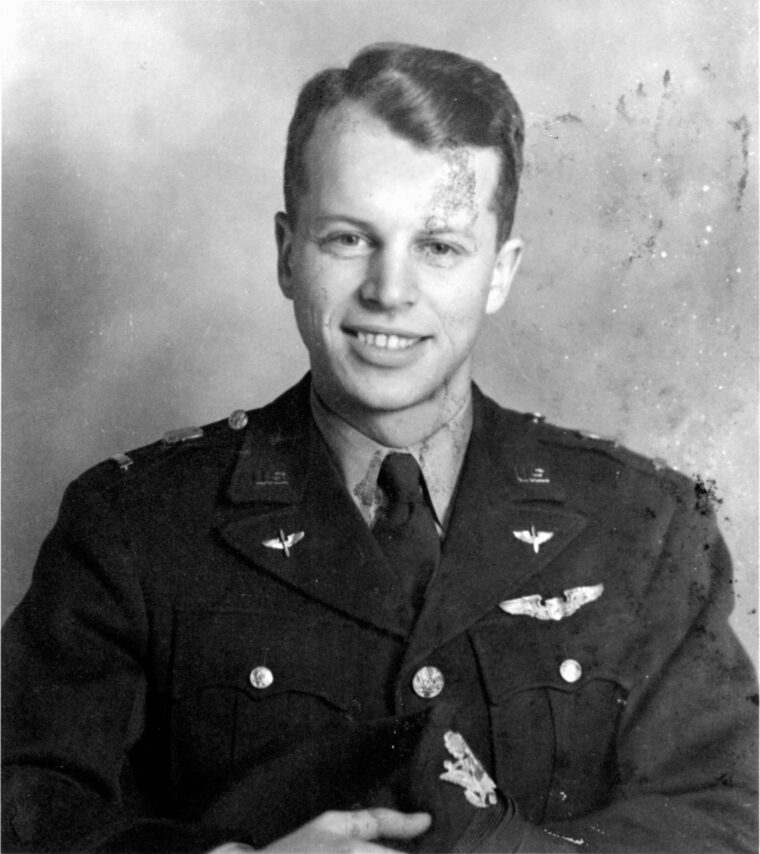
“Hladovcak went crazy when he saw my ‘eggbeater’ arriving,” said Harman. “He had, of course, never seen a helicopter before. I was pushing the YR-4B to the limit when I set down in the clearing in a swirl of flying dust and pieces of greenery. Murphy loaded the most seriously injured British soldier aboard. The YR-4B strained, vibrated, and took off. I was able to make it to the sand bar where a liaison plane flew that soldier to safety.”
Harman hauled out a second British soldier, still searching the jungle canopy for Japanese troops. They reached the riverbank and that was when everything went wrong.
“The Warner engine seized on me,” he remembered. “There was a clunking sound and a lot of vapor around the engine. It had overheated and it wasn’t going to start. I was going to have to spend the night on the sand bar. I wondered if that was the night the Japanese would overrun Hladovcak and the remaining British soldier.
“It was a long, lonely night and the liaison-pilot guys warned me we might have weather problems on top of everything else next day. When morning came, there was some low cover but nothing to prevent flying if the engine would only start. It did. I was able to pick up the third British soldier and get him to safety.”
Edward “Murphy” Hladovcak was now alone and, he said later, very lonely in the clearing in the jungle.
Harman’s recollection and the official record on the anticlimactic final phase of the rescue are both vague. Harman remembers that Murphy held out alone near his crash site. “I was able to go in again, in the YR-4B. As I approached him, soldiers broke out of the treeline about 1,000 feet from him, some with their rifles held in the air. ‘It’s too late,’ I thought. ‘After all this work, it’s too late…’ Later, Hladovcak told me he was shouting out loud about Japanese troops bearing down on him.”
The YR-4B got there first. Hladovcak climbed on board. Harman put the aircraft into a hover. Now, the troops swarmed directly beneath them, and for a moment the YR-4B’s unreliable engine threatened to seize again. The helicopter sank back toward the jungle. Then, Harman was able to get the YR-4B to full power. “We climbed away from those men with rifles,” he said.
Harman took Hladovcak all the way back to Aberdeen. “When we got there, we were told that the troops who’d swarmed beneath my helicopter were, in fact, friendly Chindit troops who had been intent on rescuing Murphy. There were Japanese nearby, but I never actually saw them. When I bounded off the ground with Murphy aboard my helicopter, we were escaping from the good guys.”
Harman spent several more weeks with the 1st Air Commando Group “retrieving several people who needed rescuing.” Then, the last R-4 helicopter was damaged beyond repair. But in early 1945, another helicopter became available.
On January 26, 1945, Captain Frank Peterson flew an R-4 to evacuate a wounded weather observer, Private Howard Ross, from a 4,700 foot mountain ridge in the Naga hills of Burma. Peterson flew with a co-pilot, 1st Lt. (later Lt. Col.) Irvin Steiner. That was a very early helicopter success, but it came eight months after Carter Harman flew the first such mission.
Robert F. Dorr is an Air Force veteran, a retired U.S. diplomat, and author of the book Air Force One, a look at presidential aircraft and air travel.
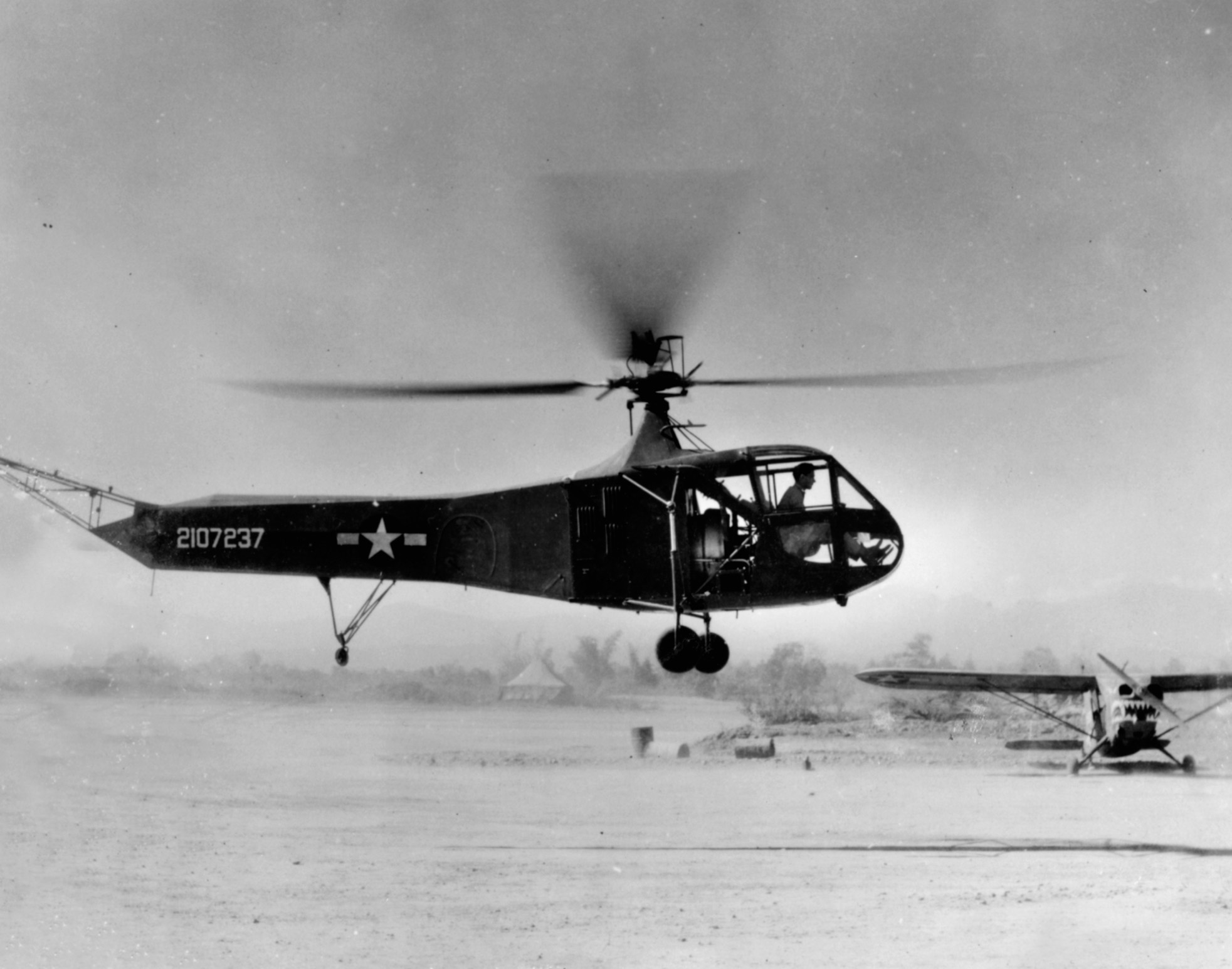
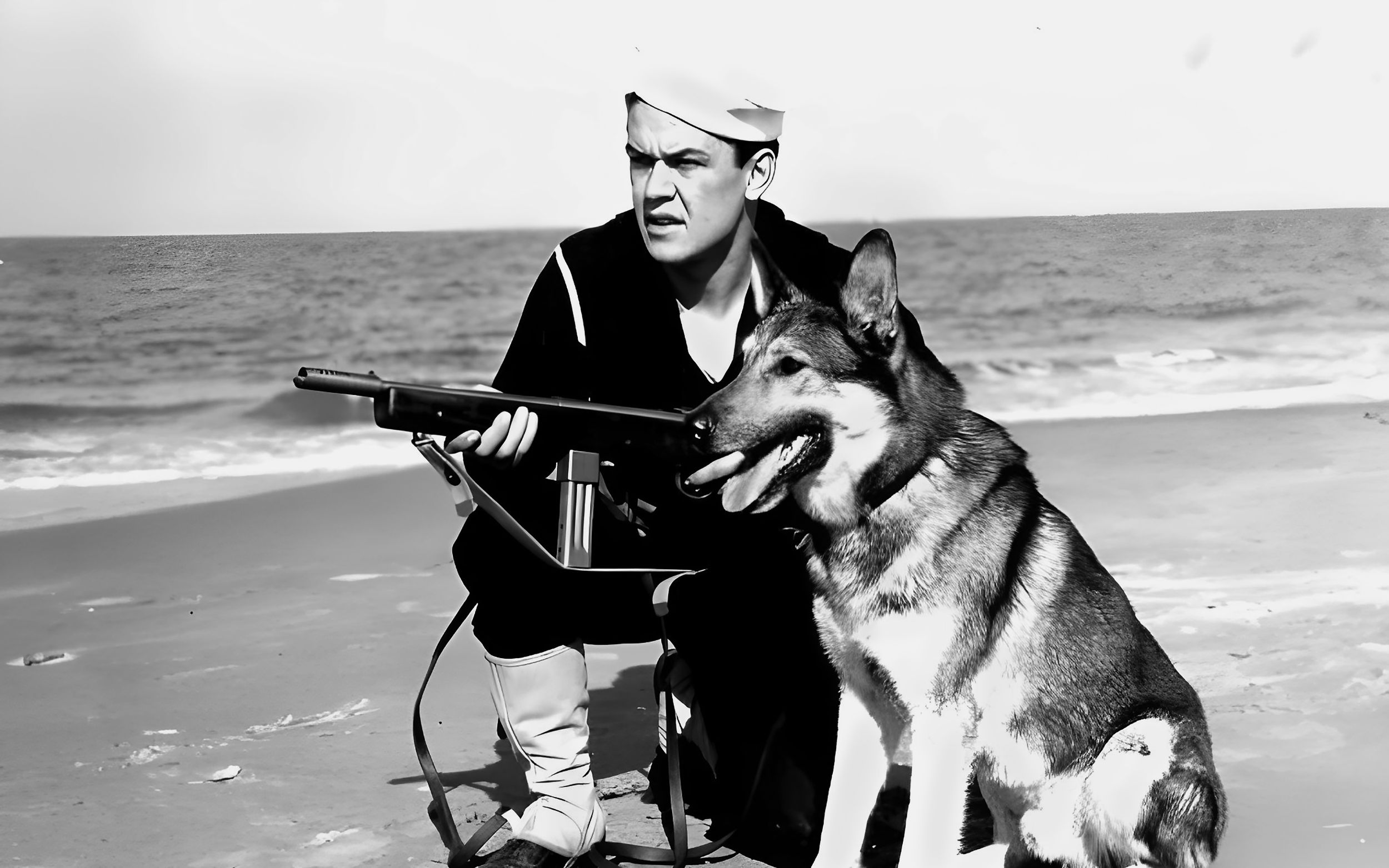
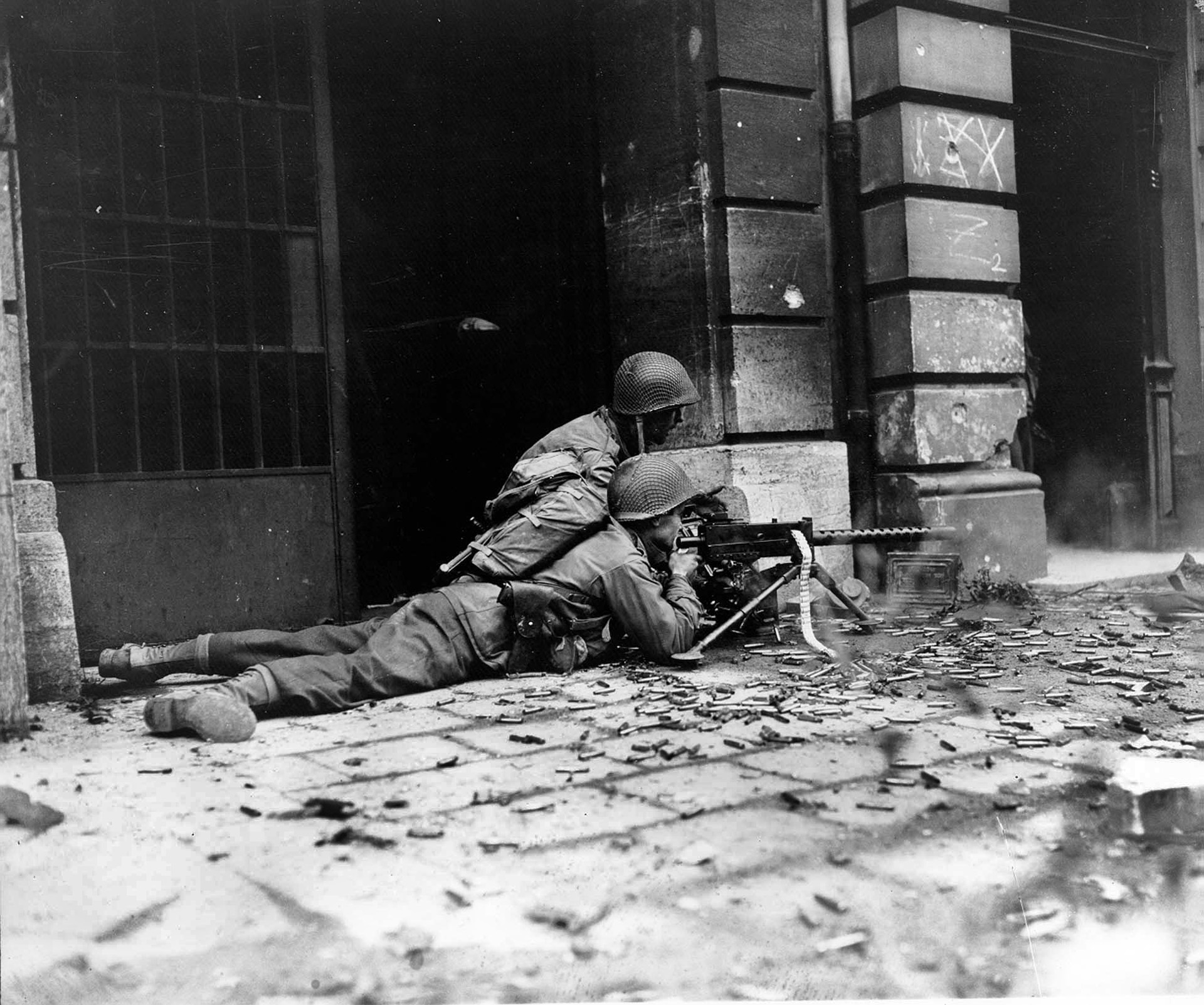
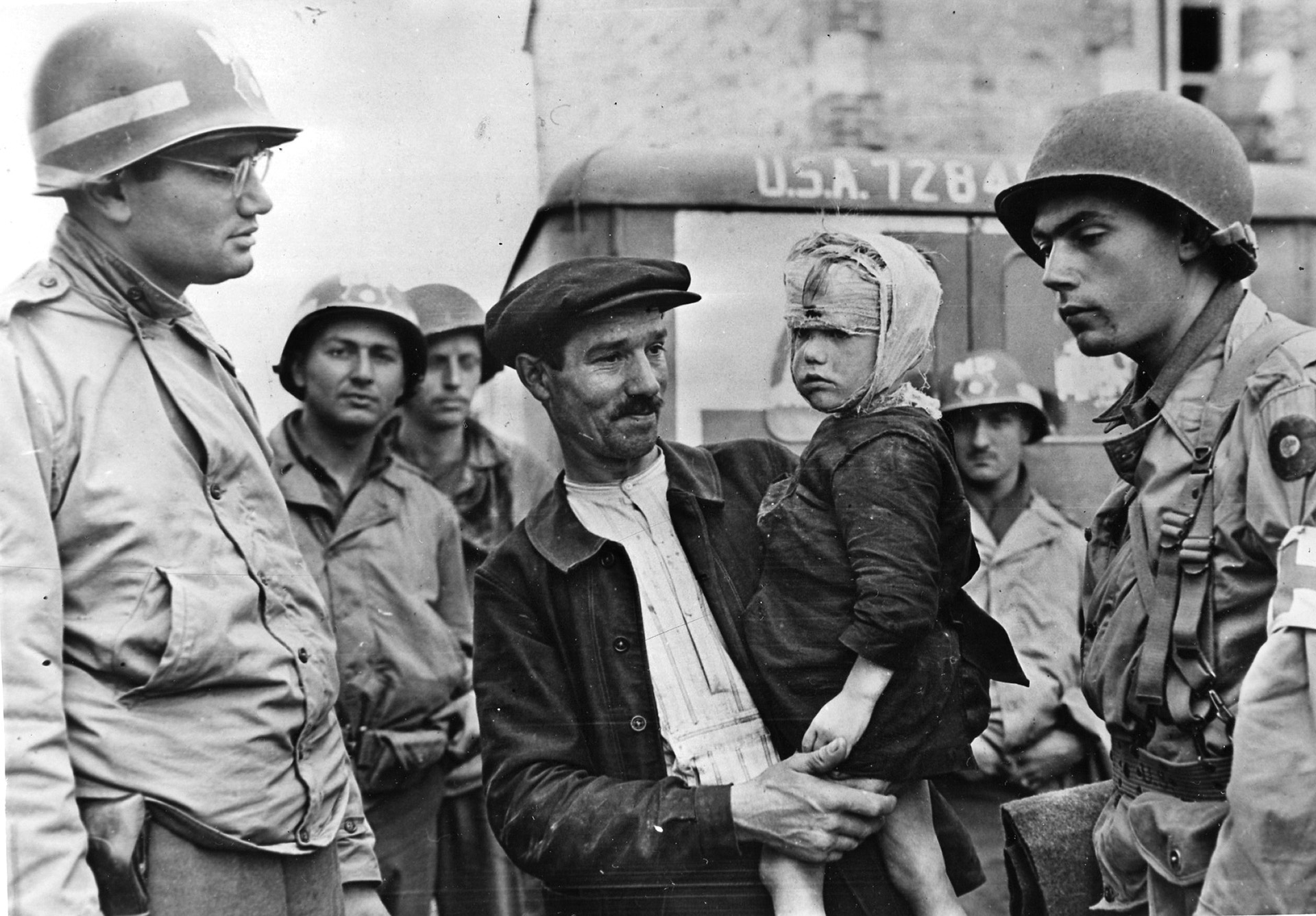

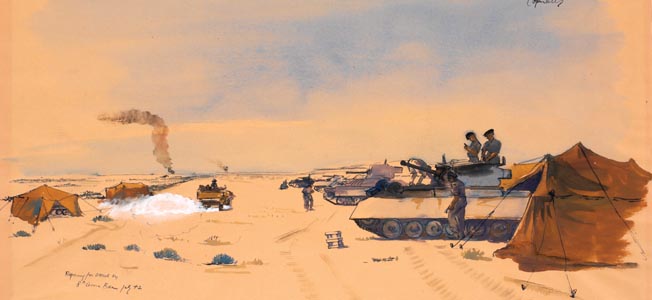
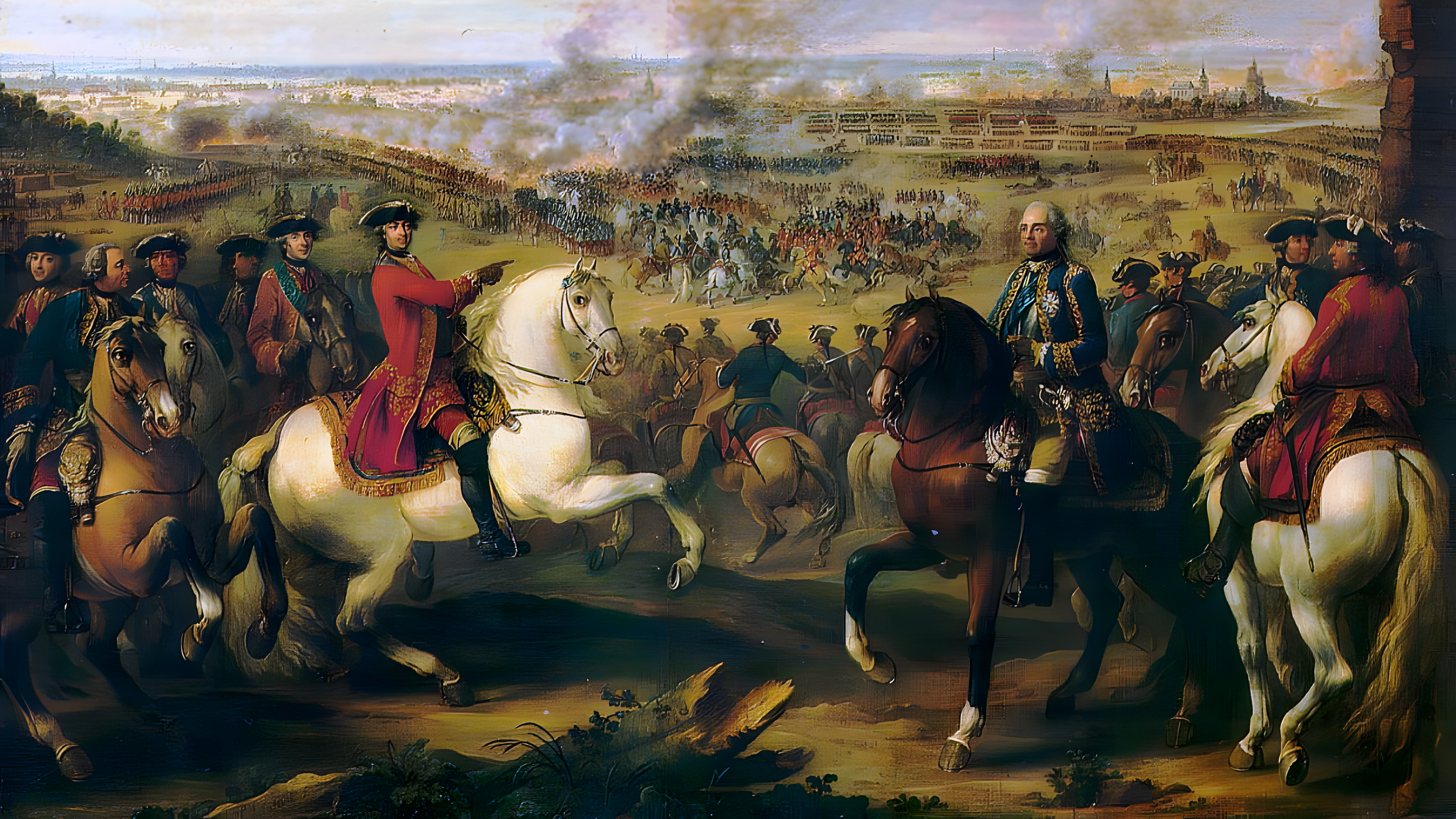
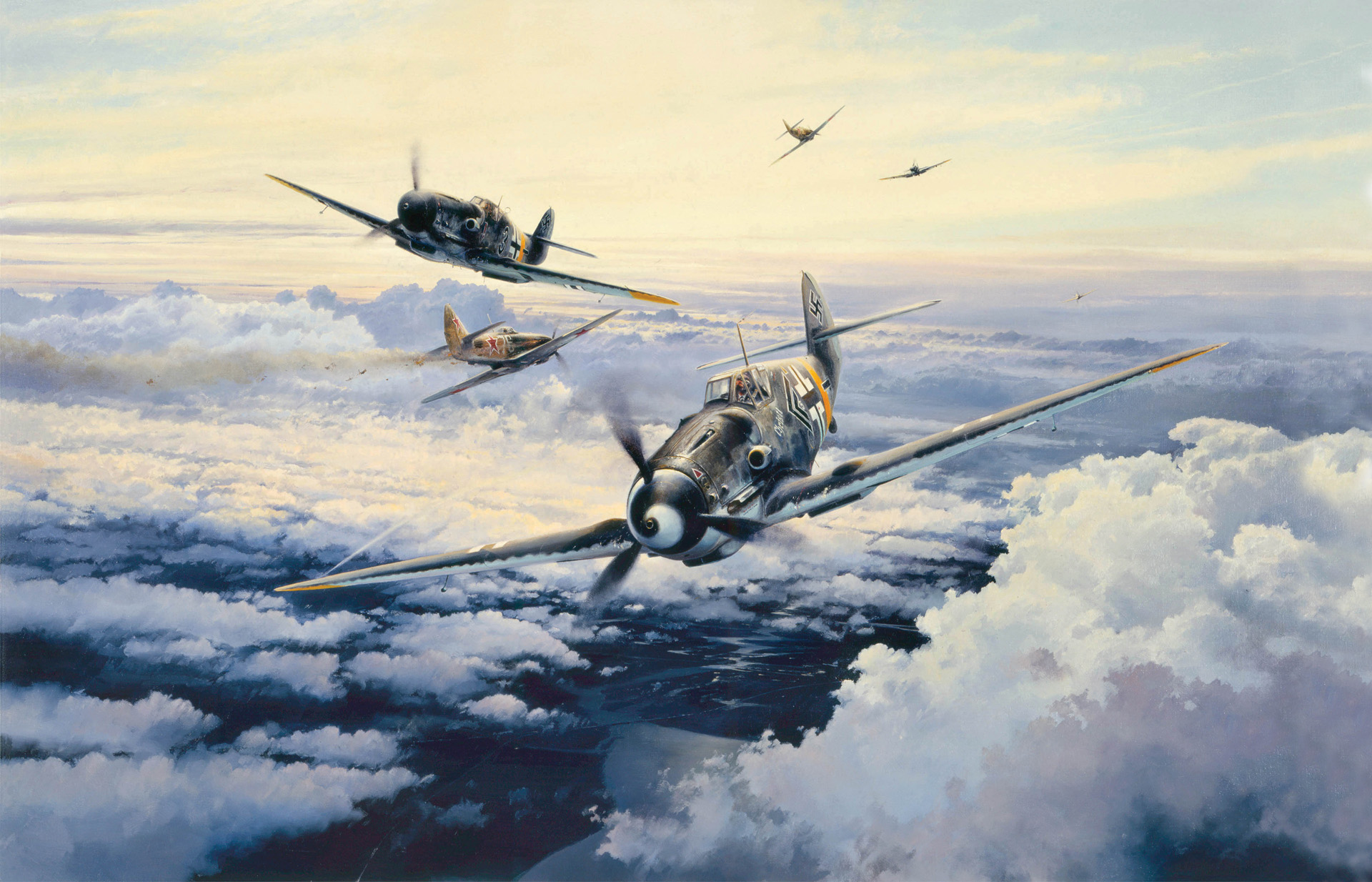
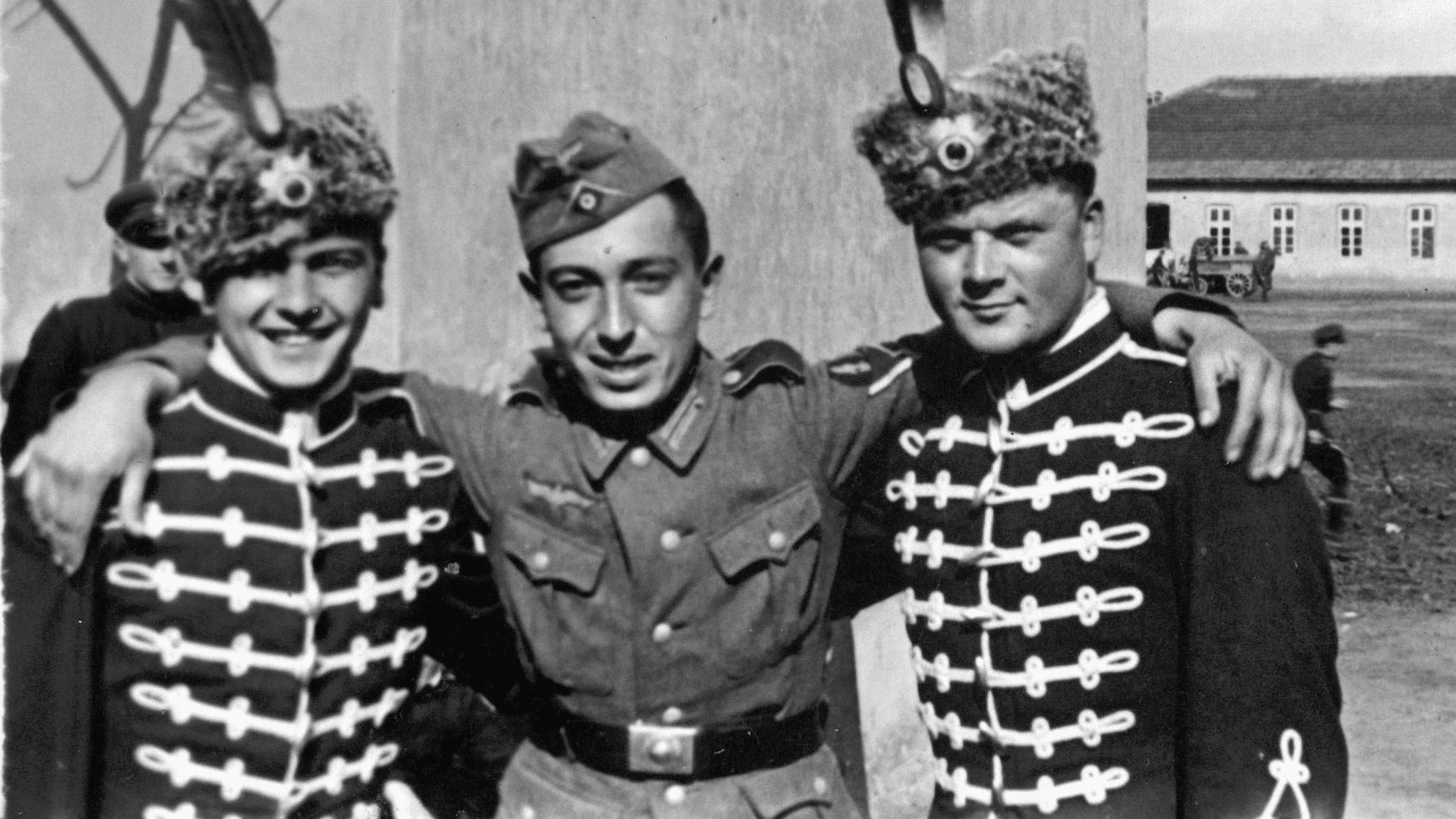
Join The Conversation
Comments
View All Comments